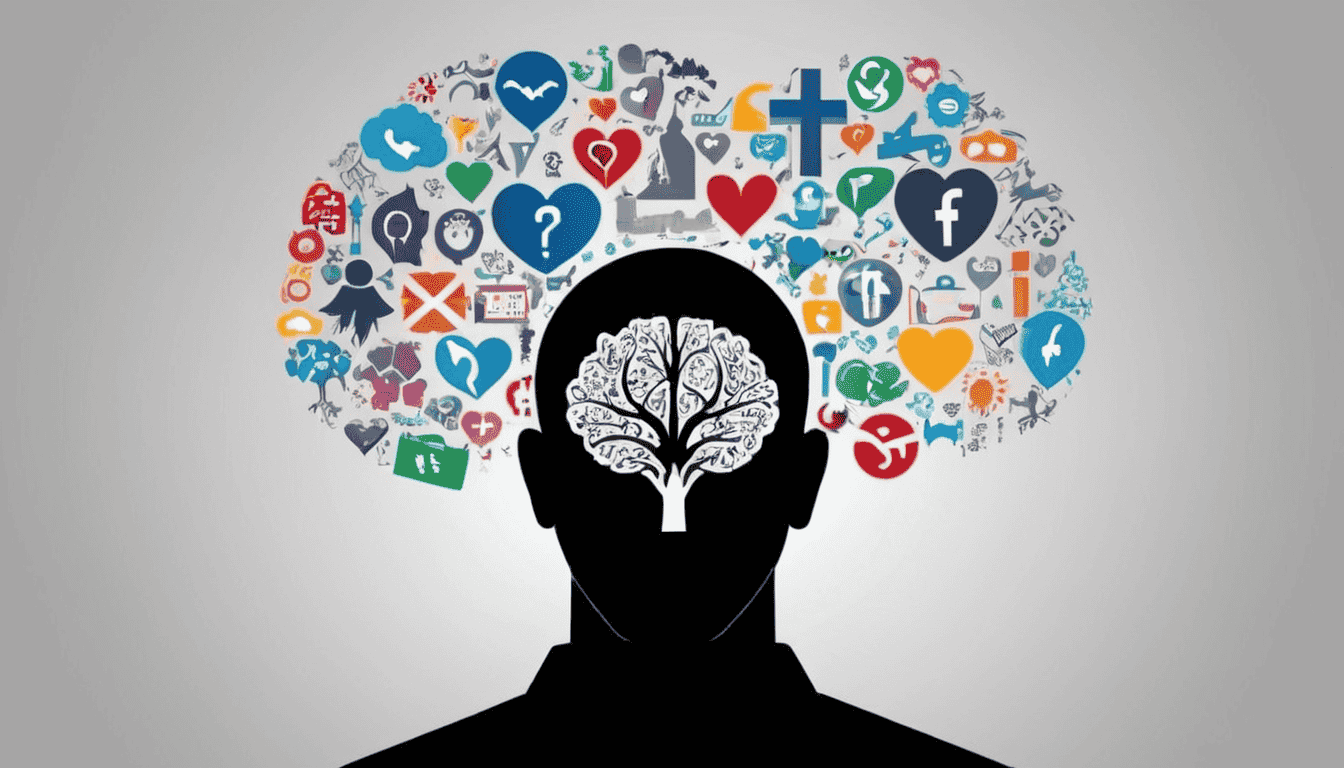Educational Toys for 3-Year-Olds
Emily Willis
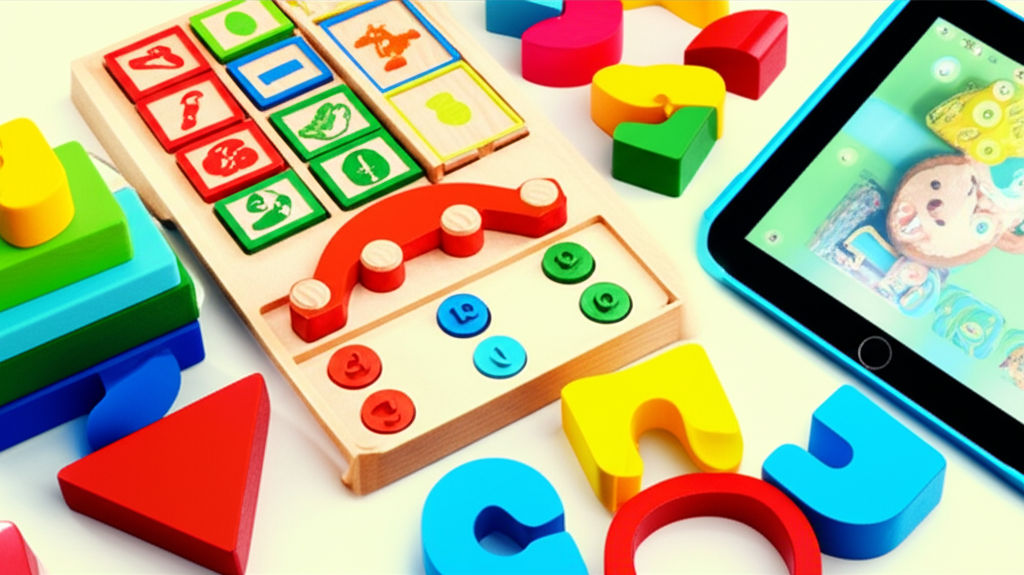
Photo: Educational Toys for 3-Year-Olds
Unlocking Potential: The Best Educational Toys for 3-Year-Olds
The age of three is a magical time in a child's development, a period marked by explosive growth in curiosity, imagination, and a budding sense of independence. As parents, we often seek ways to nurture this natural inquisitiveness, and one of the most effective and enjoyable methods is through play. Educational toys for 3-year-olds are not just about keeping little ones entertained; they are powerful tools that foster crucial developmental milestones, laying a strong foundation for future learning.
In this comprehensive guide, we'll delve into why educational toys are so vital at this stage, explore the key developmental areas they target, highlight various categories of beneficial toys, and provide practical tips for choosing and maximizing their learning potential. Our aim is to empower you to select toys that truly support your child's growth, turning every playtime into a valuable learning experience.
Why Educational Toys Matter for 3-Year-Olds
At three years old, children are rapidly developing across multiple domains. Their brains are making millions of new neural connections daily, and play is their primary mode of learning and exploring the world around them. Educational toys are specifically designed to tap into these innate developmental processes, offering structured yet flexible opportunities for growth.
Think of playtime as a child's "main occupation" – it's where they experiment, express themselves, and build essential skills. Thoughtfully chosen learning toys can significantly boost cognitive abilities, enhance motor skills, and encourage social interaction. They transform simple fun into rich learning experiences, helping children practice memory skills, understand cause and effect, and learn to follow instructions.
Key Developmental Areas Targeted by Educational Toys
Three-year-olds are refining a wide array of skills. The right educational toys can provide targeted support for each of these crucial areas:
Cognitive Development
At this age, children are actively engaged in problem-solving and critical thinking. They are beginning to understand concepts like size, shape, and quantity, and their attention spans are lengthening.
- Puzzles: Large floor puzzles with 25 or more pieces are excellent for brain development, helping with problem-solving, memory, and spatial reasoning. Wooden puzzles, in particular, can help with fine motor skills as children fit pieces together.
- Shape Sorters & Stacking Toys: These classic toys teach shape recognition, color identification, and basic problem-solving as children figure out where each piece belongs.
- Counting & Sorting Sets: Toys that involve counting objects, sorting by color, size, or shape, help build early math skills and number sense.
Fine Motor Skills
Fine motor skills involve the coordination of small muscles, especially in the hands and fingers, crucial for tasks like holding a crayon, turning pages, or dressing oneself.
- Building Blocks & Construction Sets: Manipulating blocks, like LEGO DUPLO or magnetic tiles, strengthens hand muscles and improves hand-eye coordination.
- Lacing Beads & Threading Toys: These activities require precision and concentration, significantly developing pincer grasp and dexterity.
- Playdough & Art Supplies: Squeezing, rolling, and shaping playdough, as well as holding jumbo crayons or paintbrushes, builds hand strength and control.
Gross Motor Skills
Gross motor skills relate to the coordination of larger muscle groups, essential for balance, movement, and physical activity.
- Tricycles & Balance Bikes: These encourage pedaling, steering, and balance, helping children gain confidence in their physical abilities.
- Stepping Stones & Tunnels: Toys that challenge balance and encourage climbing or crawling promote coordination and spatial awareness.
- Balls: Kicking, throwing, and catching various sizes of balls improves coordination and agility.
Language and Communication
Three-year-olds are rapidly expanding their vocabulary, forming longer sentences, and engaging in more conversational play.
- Puppets & Dollhouses: These toys encourage imaginative storytelling, role-playing, and dialogue, boosting vocabulary and narrative skills.
- Interactive Books & Phonics Toys: Books with lift-the-flaps or interactive elements, and toys that connect sounds with letters, build early literacy and language recognition.
- Pretend Play Sets: Play kitchens, doctor kits, or tool sets encourage children to use functional vocabulary and act out real-life scenarios, enhancing their understanding and expression.
Social-Emotional Learning
At this age, children begin to understand sharing, take turns, and engage more with peers. They are also learning to identify and express their emotions.
- Role-Playing & Dress-Up Clothes: These foster empathy, cooperation, and the ability to navigate social situations as children take on different characters and roles.
- Emotion Dolls/Books: Toys or books specifically designed to help children name and understand various emotions support emotional literacy.
- Cooperative Games: Simple board games or group activities teach turn-taking, patience, and how to manage winning or losing, all vital for social interaction.
Creativity and Imagination
Three-year-olds have incredibly active imaginations, and open-ended toys are key to nurturing this.
- Art & Craft Supplies: Washable paints, jumbo crayons, and playdough allow for limitless creative expression.
- Open-Ended Building Sets: Beyond traditional blocks, magnetic tiles and other construction sets encourage children to design and build anything they can imagine, promoting flexible thinking.
- Loose Parts: Simple items like scarves, cardboard boxes, or natural materials can become anything in a child's imaginative play.
Top Categories of Educational Toys for 3-Year-Olds
When navigating the world of educational toys for 3-year-olds, certain categories consistently stand out for their developmental benefits:
-
Building Blocks & Construction Sets: From classic wooden blocks to magnetic tiles and LEGO DUPLO, these toys are foundational. They support creativity, spatial awareness, problem-solving, and fine motor skills. Children can build towers, bridges, houses, or abstract sculptures, limited only by their imagination.
-
Puzzles & Shape Sorters: As mentioned, these are excellent for cognitive development, enhancing problem-solving, visual-spatial skills, and hand-eye coordination. Look for puzzles with larger, sturdy pieces, ranging from 12 to 20+ pieces, suitable for growing hands and minds.
-
Pretend Play & Role-Playing Toys: Play kitchens, doctor kits, dollhouses, tool sets, and dress-up clothes are invaluable. They encourage imaginative scenarios, language development, social skills like sharing and cooperation, and emotional expression.
-
Art & Craft Supplies: Jumbo crayons, washable paints, large paper, child-safe scissors, and playdough are essential. These tools promote fine motor skills, color recognition, self-expression, and creativity. They allow children to explore textures and make their own masterpieces.
-
Early Learning & STEM Toys: These learning toys for 3-year-olds introduce foundational concepts in science, technology, engineering, and mathematics.
- Counting & Alphabet Toys: Interactive alphabet puzzles or counting games help with number recognition and early literacy.
- Simple Science Kits: Magnifying glasses, sensory tubes, or basic experiment sets can spark curiosity about the natural world and introduce cause-and-effect.
- Gear & Marble Run Sets: These introduce basic engineering concepts, encouraging trial and error, and flexible thinking.
-
Musical Instruments: Child-friendly xylophones, drums, or keyboards promote rhythm, auditory discrimination, and creativity. They also introduce the concept of cause and effect.
-
Outdoor & Active Play Toys: Tricycles, balance bikes, large balls, and sand/water tables encourage gross motor development, coordination, and sensory exploration. These are vital for physical health and energy release.
How to Choose the Right Educational Toys
Selecting the best toys for 3-year-olds involves more than just picking something labeled "educational." Consider these factors to make informed choices:
- Age Appropriateness & Safety First: While age labels provide a general guide, they primarily indicate safety standards, not necessarily developmental suitability. Always prioritize toys made from non-toxic, durable materials with no small parts that could pose a choking hazard, especially since many three-year-olds still explore objects with their mouths.
- Match Abilities, Not Just Age: Every child develops at their own pace. Choose toys that align with your child's current physical, cognitive, sensory, and social-emotional abilities, rather than strictly adhering to age-based milestones. A toy that's too simple will quickly bore them, while one that's too complex can lead to frustration.
- Prioritize Open-Ended Play: The most valuable educational toys are "open-ended," meaning they can be used in multiple ways and encourage imagination. A set of wooden blocks, for example, can be a road, a zoo, a castle, or a spaceship, fostering problem-solving and logical thinking.
- Consider the Engagement Factor: Will the toy hold your child'
Latest ✨
View AllThe digital age has brought both opportunities and competition to the business landscape. To succeed in this environment, it is important to identify market needs, develop a unique value proposition, build a strong online presence, embrace technology and data-driven decision making, prioritize customer experience, and foster a culture of innovation and adaptability.
Emily Willis
Parking is more than convenience. It's an economic powerhouse driving urban development, creating jobs, and integrating smart tech into cities.
Emily Willis
Discover Virta Health: a new era in reversing Type 2 Diabetes & chronic conditions. Reduce meds & reclaim health with science-backed virtual care.
Emily Willis
Unlock the power of emerging tech like AI & Blockchain. Learn to adapt & thrive in a rapidly changing world with this essential guide.
Emily Willis
Business
View All
June 8, 2025
Data Analytics: Unlock Business InsightsUnlock powerful business insights with data analytics. Transform raw data into actionable intelligence for smarter decisions, efficiency, & growth.
Emily Willis

June 9, 2025
Achieve Customer Service ExcellenceMaster customer service excellence to build lasting loyalty & drive growth. Get your blueprint for success and exceed customer expectations!
Emily Willis

July 7, 2025
Louisiana Business Search SOSUnlock Louisiana business insights! The official LA Business Search SOS provides vital records for corporations, LLCs, and more, empowering informed decisions.
Emily Willis
Economy
View AllAuto sales are the unseen engine driving global economies. Explore their profound impact on jobs, technology, and GDP worldwide.
Read MoreTired of cramped economy? EVA Air elevates budget travel! Discover how their 5-star service brings comfort, quality, and a pleasant surprise to economy class.
Read MoreUncover St. Louis's economic transformation. A dynamic Midwestern powerhouse, it thrives with diverse industries, innovation, and growth beyond its iconic past.
Read MoreEntertainment
View All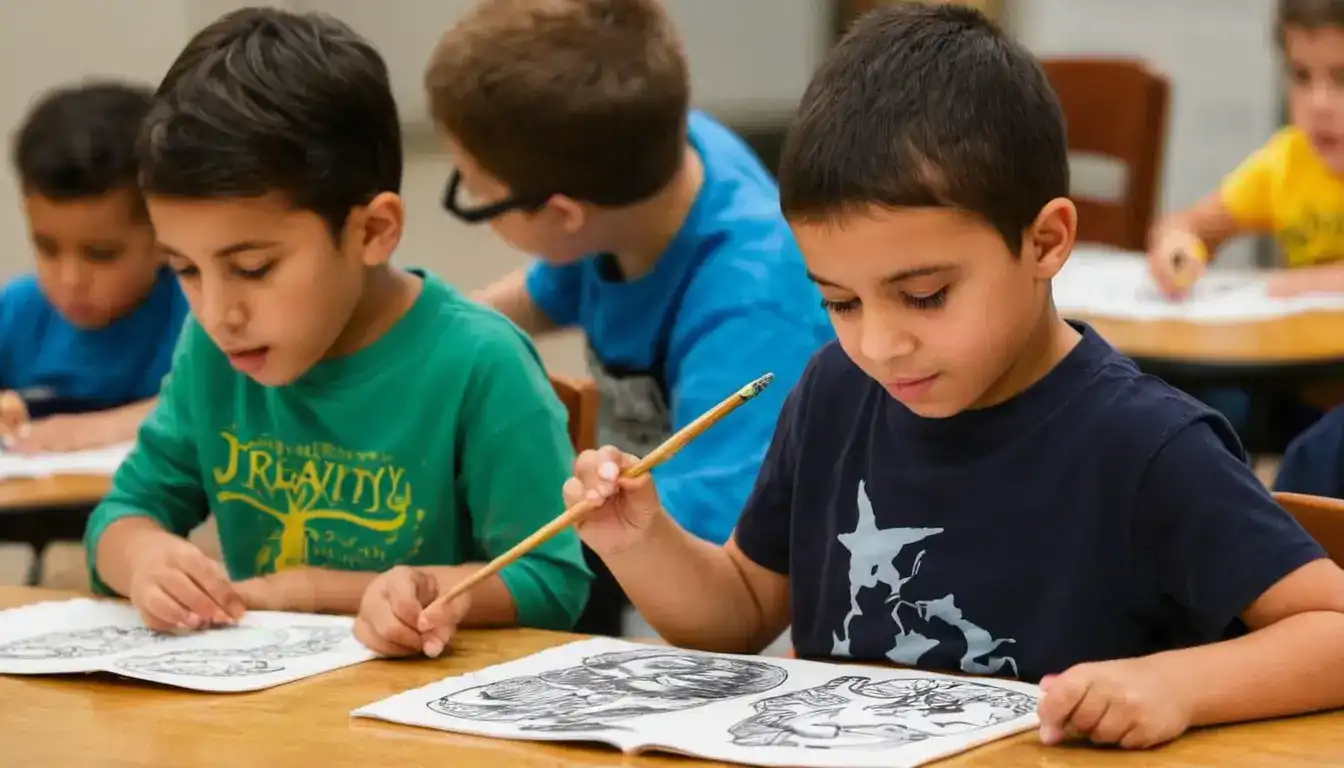
August 5, 2024
Arts Education's Importance: Nurturing Creativity and Fostering ExpressionArts education is often overlooked in a world focused on standardized tests and STEM subjects, but it plays a vital role in nurturing creativity, self-expression, and essential skills in students. Arts education allows students to unleash creativity, build confidence, improve communication and collaboration skills, develop critical thinking and problem-solving abilities, increase cultural awareness and appreciation, and enhance emotional intelligence.
Emily Willis

August 5, 2024
Entertainment in Society: Social Impact, Cultural Influence, Economic ContributionsEntertainment is more than just a way to pass the time it has a significant impact on society, culture, and the economy. It promotes empathy, sparks conversations, and drives social change. It reflects and shapes cultural trends, while also preserving traditions. The entertainment industry generates jobs, contributes to economic growth, and drives technological innovation.
Emily Willis
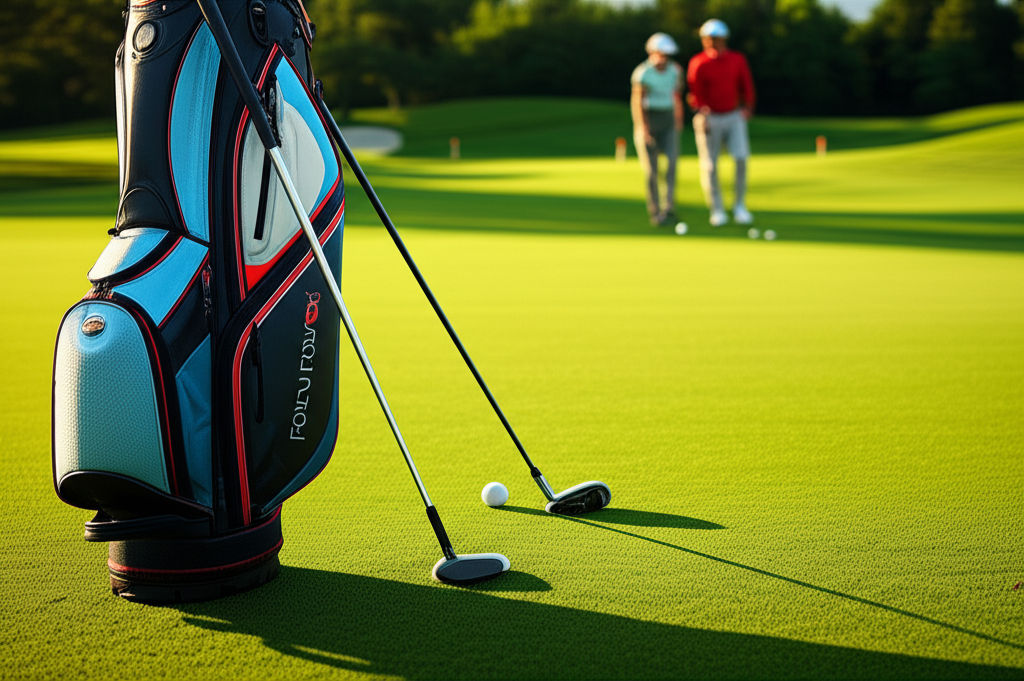
July 5, 2025
On Par Good TimesTired of fleeting happiness? Learn to cultivate 'on par good times' for consistent fulfillment & balanced well-being. Get actionable strategies now!
Emily Willis
Health
View AllUnpack the Health Sciences Division! Learn how this critical, multidisciplinary field drives well-being, research, and global health progress.
Emily Willis
significance of mental health awareness in today's fast-paced world. It discusses the importance of understanding mental health, breaking down stigma, and promoting positive mental health practices.
Emily Willis
our minds are often overwhelmed with information and stimuli, leading to stress and anxiety. Mindfulness and meditation offer tools to cultivate inner peace and well-being. Mindfulness involves being present in the moment without judgment, while meditation involves focusing attention on an object or thought.
Emily Willis
Trending 🔥
View All
1
2
3
4
5
6
7
8
9
10
Lifestyle



Sports
View AllAugust 5, 2024
Inclusive Playing Field: Creating a Welcoming and Accessible Sports Environment
Read MoreTechnology
View All
August 5, 2024
Top Skills Every Junior Software Developer Should Master in 2024
Meta Description: Discover the top skills junior software developers need to master in 2024 to excel in their careers. From coding languages to soft skills, this blog reveals the secrets to staying ahead in the dynamic world of software development.

August 5, 2024
Top Unity Software Development Trends to Watch in 2024
Explore the top Unity software development trends that will shape the gaming industry in 2024. From AI integration to VR/AR immersion, cross-platform reach, cloud collaboration, and mobile gaming, Unity is revolutionizing gaming experiences. Stay ahead in the dynamic world of game development with these insights.
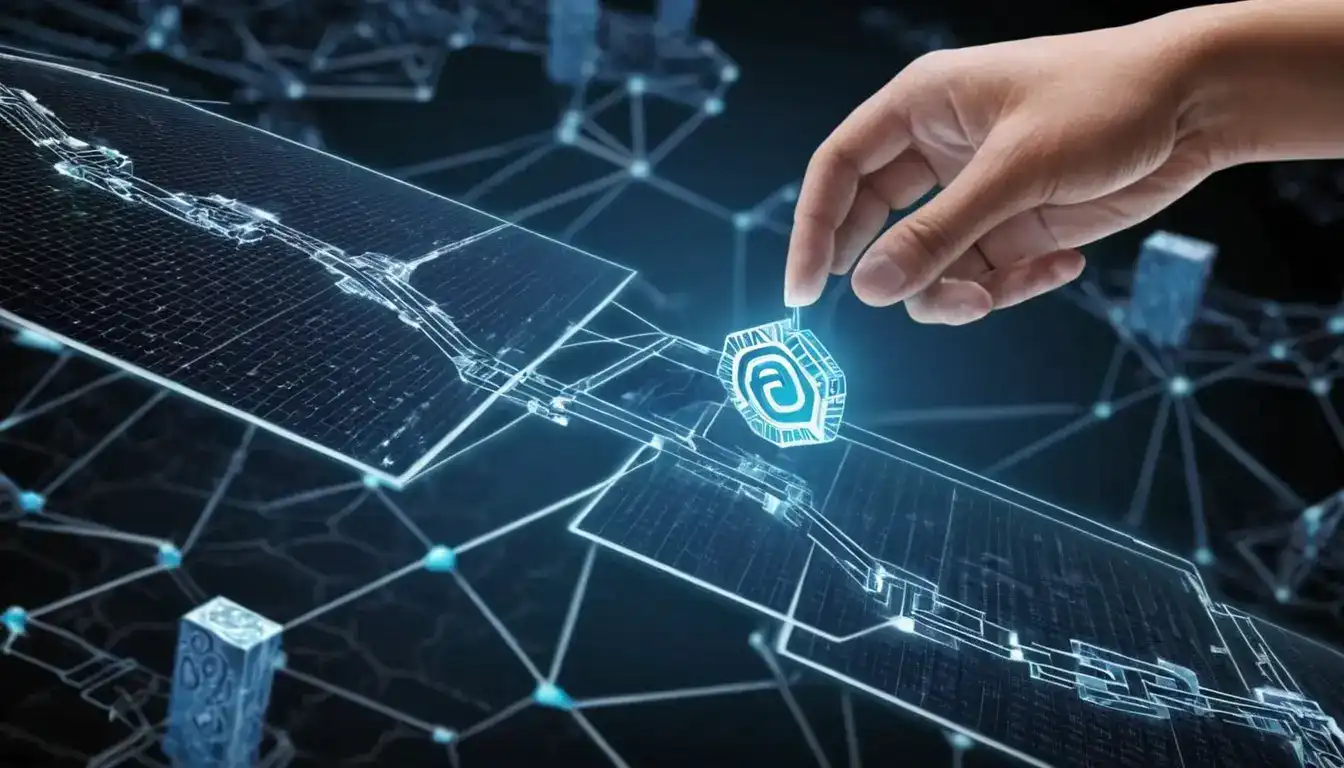
August 4, 2024
Get to know Blockchain Technology and its Potential in the Future
Blockchain technology, initially known for its association with Bitcoin, has evolved into a versatile tool with applications beyond cryptocurrency. It is a decentralized digital ledger that ensures secure, transparent, and tamper-resistant transactions. Key features include decentralization, security, transparency, and immutability. Current applications include cryptocurrencies, supply chain management, smart contracts, digital identity verification, healthcare, and voting systems.
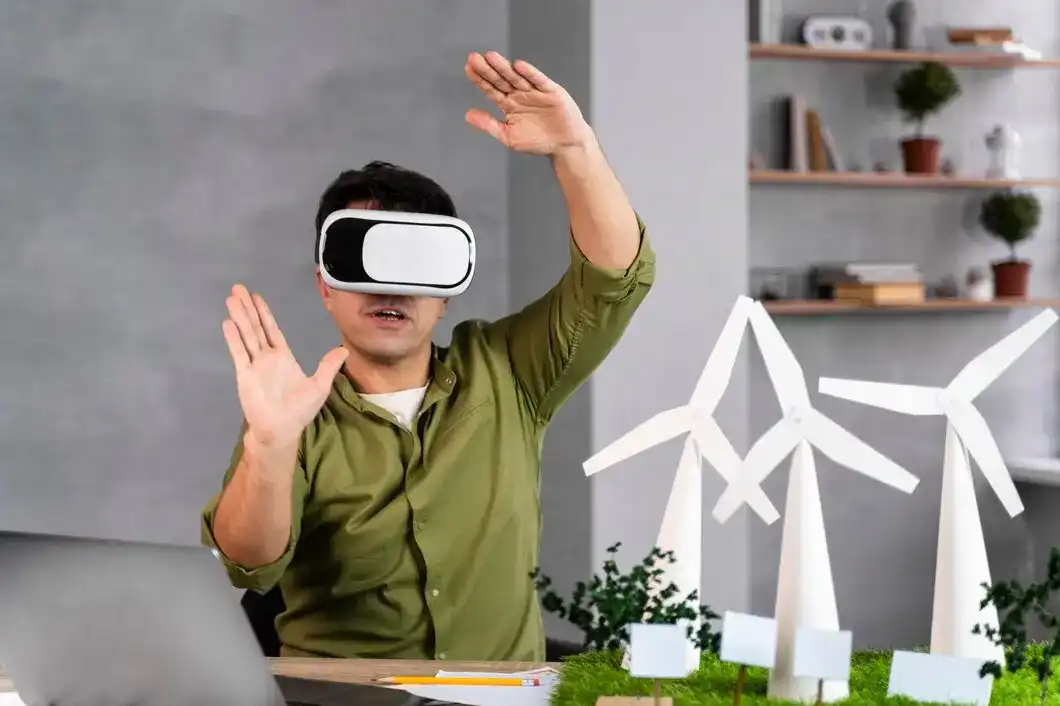
August 5, 2024
The Future of IoT and Its Potential to Improve Quality of Life
The Internet of Things (IoT) is a transformative force that is revolutionizing daily life by connecting devices and enabling them to exchange data autonomously. The growth trajectory of IoT is projected to surpass 75 billion connected devices by 2025, impacting various sectors such as healthcare, smart cities, agriculture, and home automation.











